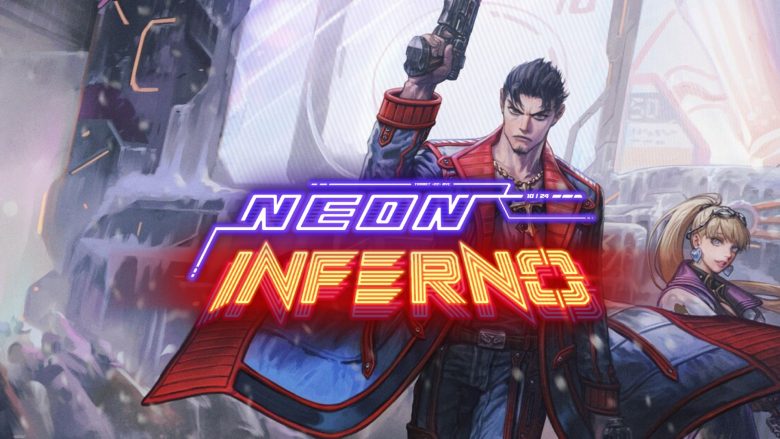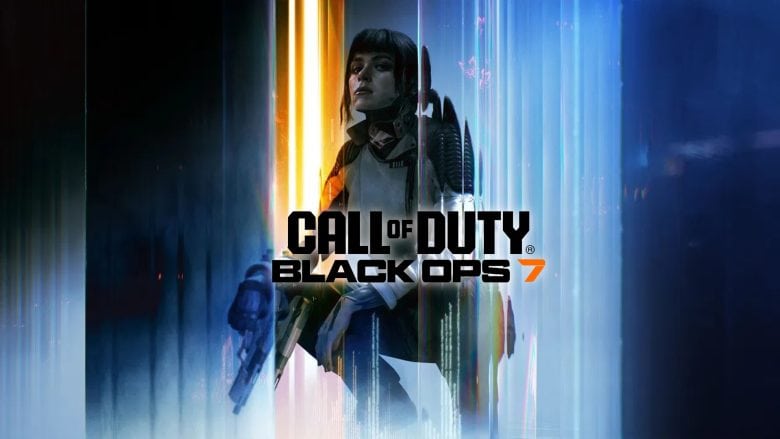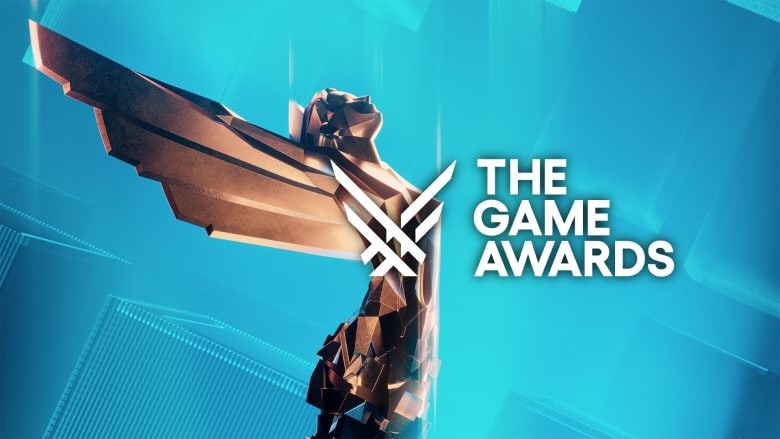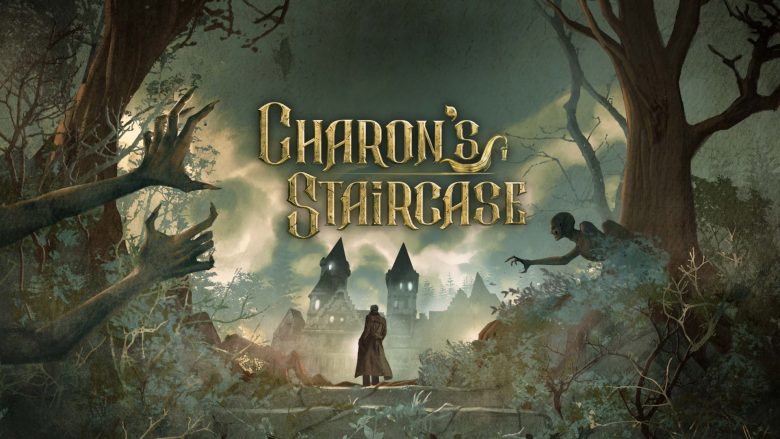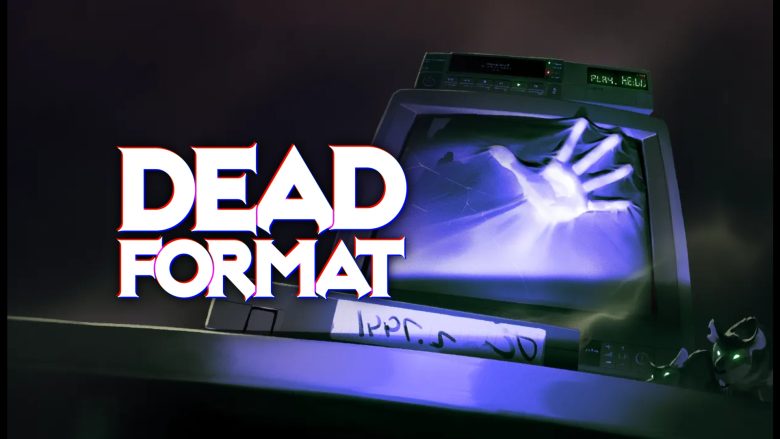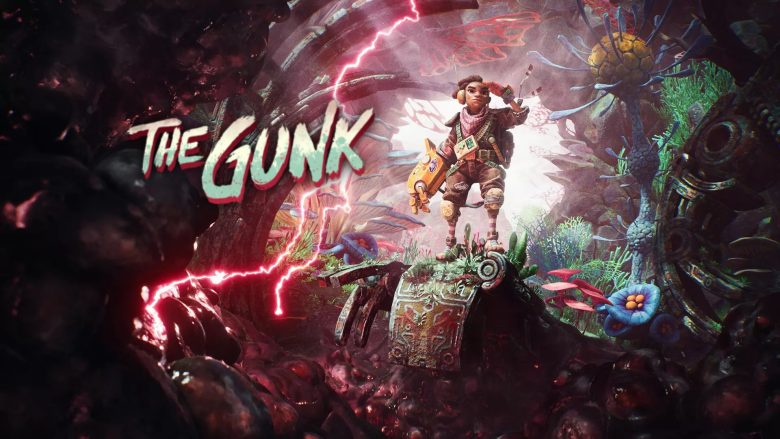The End of an Age, the Birth of a Legend.
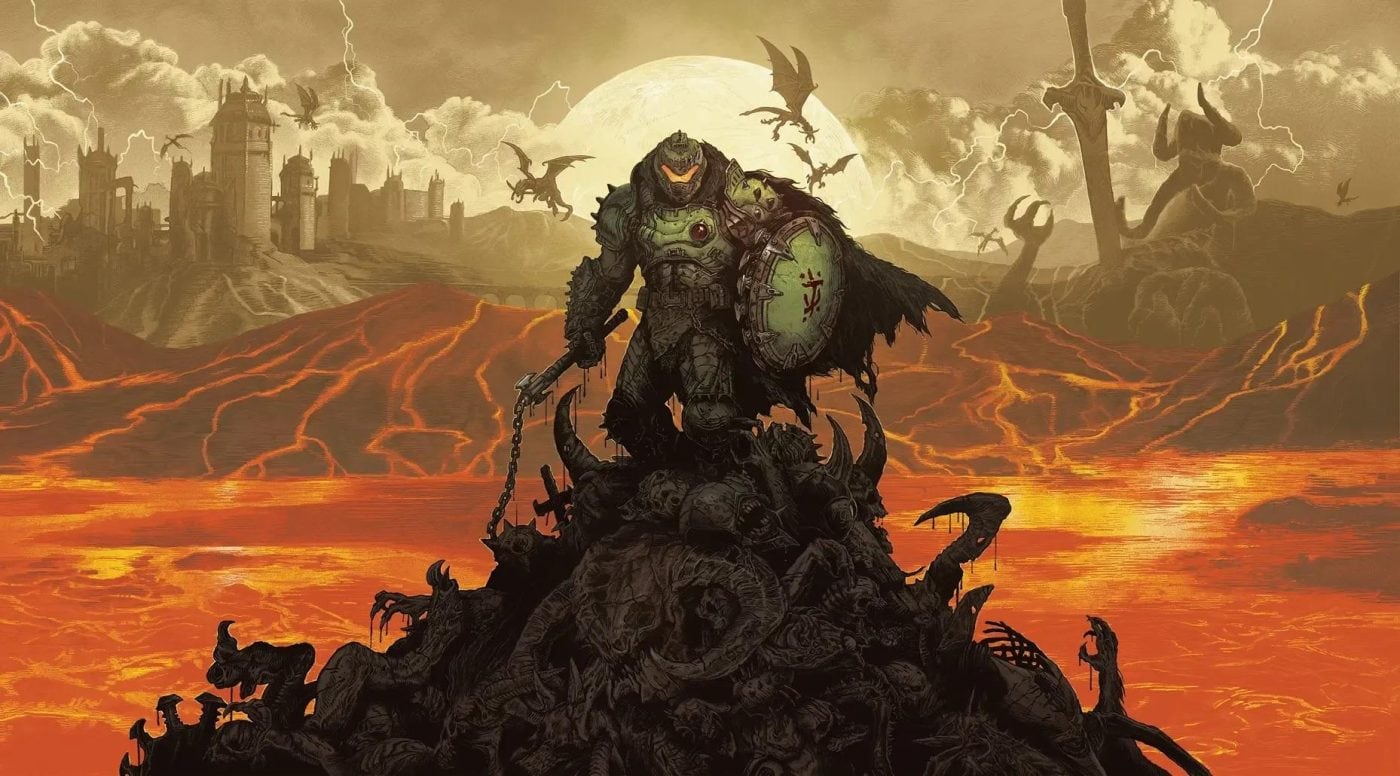
Years have passed since the conclusion of the classic DOOM saga, marked by the finale of The Ancient Gods – Part 2. Since then, id Software has embarked on a path both bold and discerning: expanding its narrative universe by turning its gaze to the origins of the Slayer, thereby bridging the gap between legend and the rebirth captured in DOOM (2016). Recently, we delved deeper into the official trailer in this article.
DOOM: The Dark Ages marks the dawn of a monumental new chapter in the series—one that blends a bold evolution in gameplay with a tightly woven, emotionally resonant story, steeped in gravitas and marked by truly unforgettable characters.
Are you ready to uncover the true origins of the Slayer?
Then read on… the legend awaits.
The Origins of the Myth – The Narrative of DOOM: The Dark Ages
The campaign begins many years after the rise of the Doom Guy, now transfigured into the legendary Divine Machine by the hand of the Seraphim and reborn as the Slayer—not merely a warrior, but a living weapon, forged to serve the will of the Makyr, feared and revered by the Sentinels in equal measure.
Structured across 22 chapters of relentless momentum, the narrative unfolds as a direct prequel to DOOM (2016), portraying a cataclysmic conflict between humanity, the Makyr, and the dark legions of the Hell dimension. What takes shape is a story of unexpected narrative depth—layered, cohesive, and richly textured—driven by a cast of vividly realized characters, each imbued with nuance and dramatic gravitas. Several secondary figures—already emblematic in their own right—hint at pivotal roles in upcoming DLCs or potential sequels.
Among the central figures stand the proud King Novik, the tormented Valen, the enigmatic Bishop Kreed, the magnetic Thira, and the fierce Prince Azrak—each endowed with a compelling arc and unforgettable presence.
And then, there is the Slayer. Silent, yet never voiceless—through every action, every decisive gesture, and every emotionally charged moment, he expresses a profound and previously unseen humanity. In the final chapters, the most discerning players will uncover subtle references and cryptic clues—scattered fragments that delicately intertwine with the future of the DOOM mythos.
This is storytelling at its most immersive—robust, layered, and deeply evocative. Every thread, every detail, contributes to a greater tapestry just waiting to be revealed.
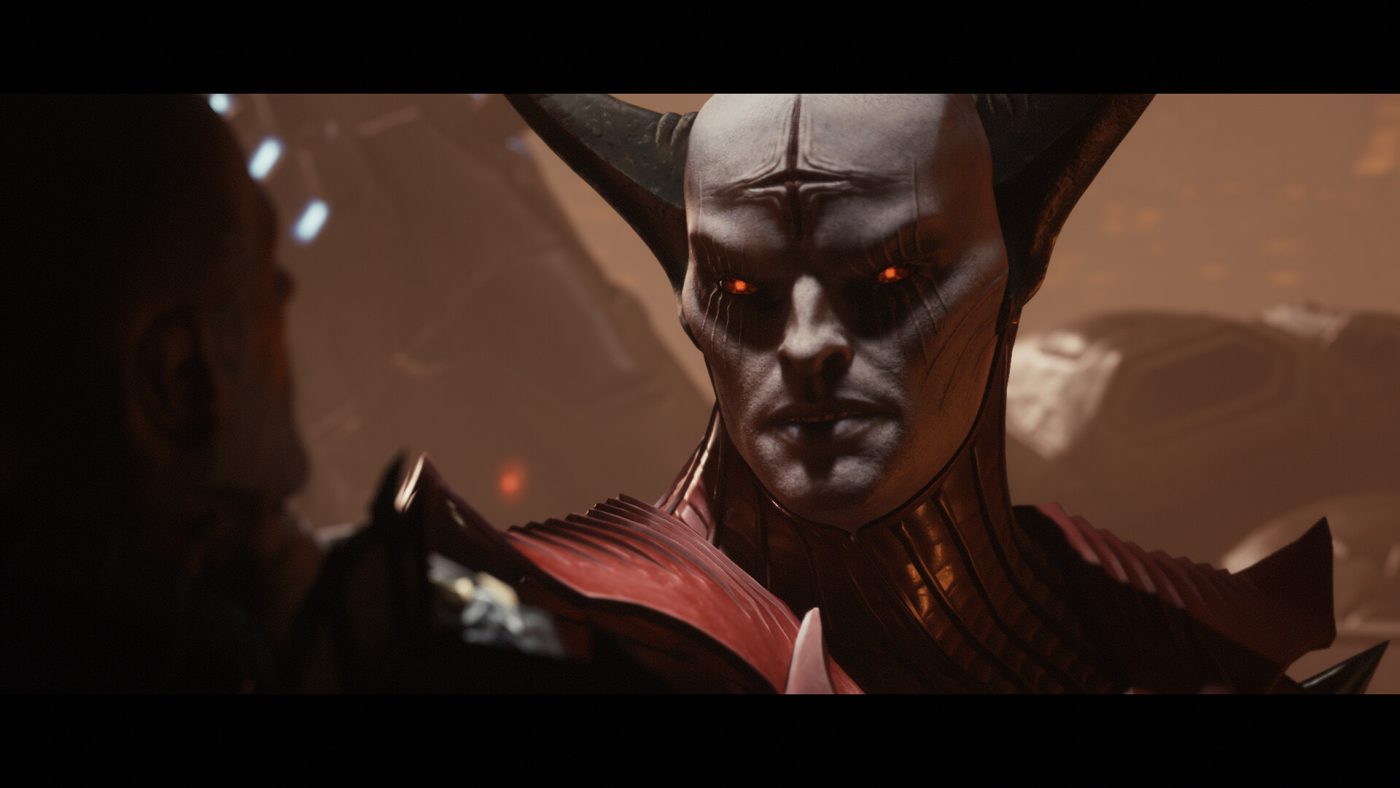
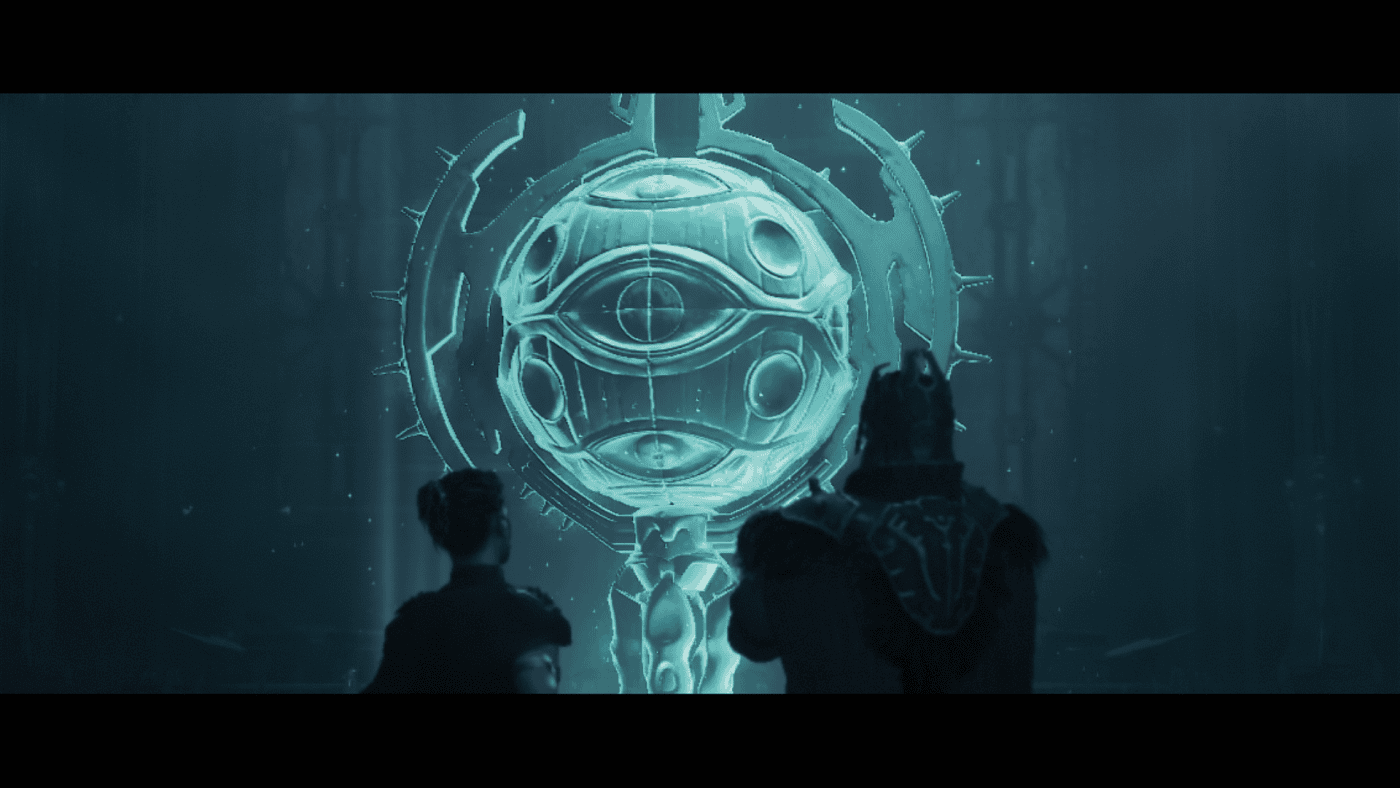
Thira: The Unexpected Revelation
Thira, daughter of King Novik, might initially appear in the trailers as a peripheral figure. Yet, this impression belies her true importance: within the game, her role proves to be both pivotal and profound.
Her character is masterfully crafted, balancing a poised, icy demeanor with a profound emotional depth. This complexity culminates in the tender, unspoken connection she shares with the Slayer—a relationship charged with subtle significance, culminating in one of the most moving and memorable moments of the entire campaign.
More than just a key narrative presence, Thira offers a unique lens into the DOOM universe. She embodies spiritual leadership and tactical acumen, serving as both heir to a throne and guardian of ancient wisdom—elements that elevate the epic scale of the unfolding conflict. Yet, be warned: Thira conceals far more beneath the surface than is immediately apparent. Her destiny may be irrevocably intertwined with that of the entire realm.
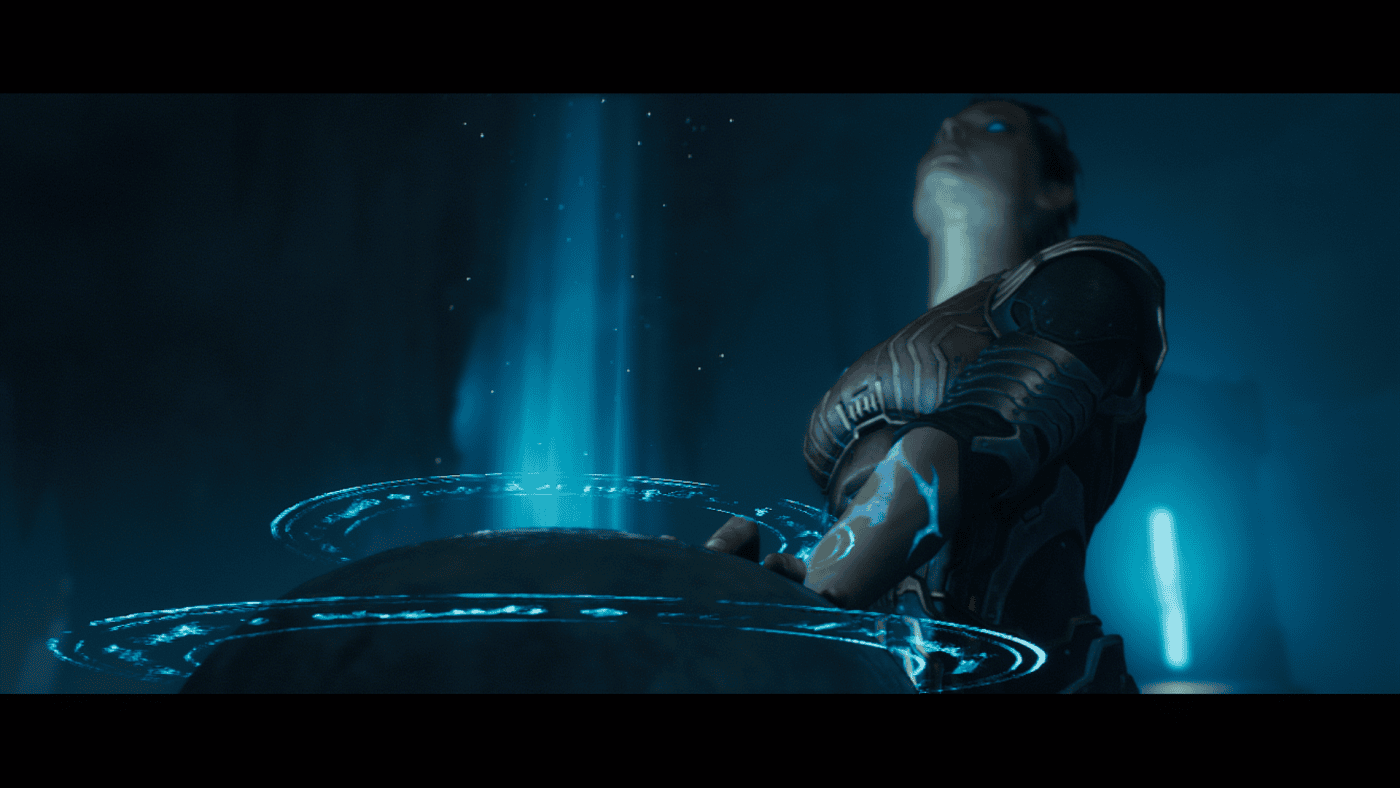
King Novik and Valen: The Unyielding Pillars of the Sentinels
Novik and Valen embody the very soul and beating heart of the Sentinels. They stand as pillars of an ancient tradition—living symbols of honor, loyalty, and martial discipline. Their relationship with the Slayer, initially marked by cold suspicion, gradually evolves chapter by chapter into one forged through genuine respect and mutual trust.
Novik, masterfully portrayed, emerges as a strategist of rare clarity and a formidable warrior, repeatedly confronting the imposing Azrak with a determination that verges on heroism. His presence commands every scene, radiating the gravitas of a sovereign and the controlled fury of a battle-hardened leader.
At his side stands Valen, Captain of the Sentinels, whose significance steadily grows as the narrative unfolds. With each chapter, he rises as a central figure—both tactician and warrior—joining Novik in the most relentless, devastating, and spectacular battles of the entire campaign.
Two indomitable souls, two legendary warriors.
Through them, you will come to fully grasp the profound depth of DOOM: The Dark Ages’ world and the renewed sense of belonging the Slayer rediscovers among those who once welcomed—or perhaps feared—him.
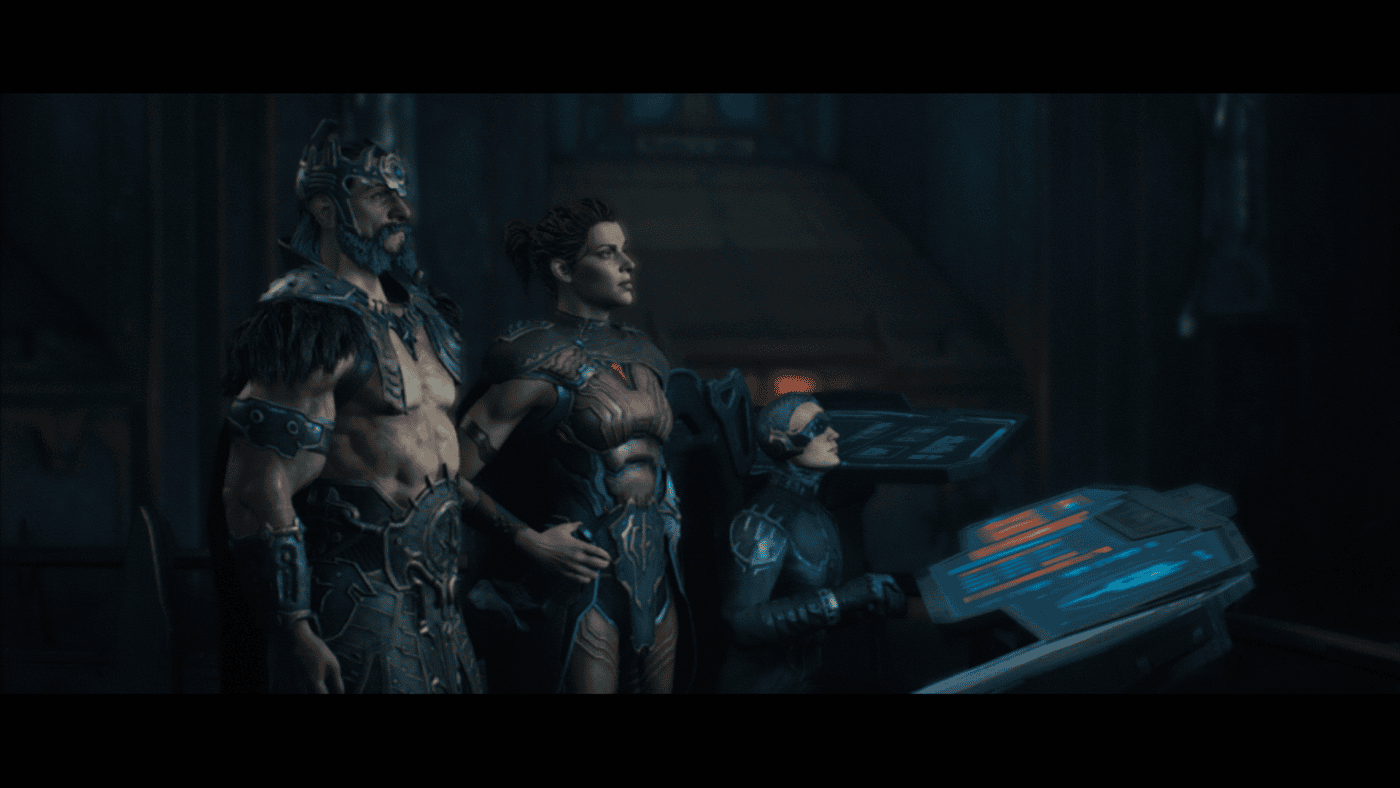
Azrak: The New Archnemesis of the Slayer
Azrak is far more than a mere antagonist: he embodies a keen intellect, relentless brutality, and an enigmatic unpredictability. From his very first appearance, he commands the scene with an undeniable presence, elevated by a strikingly charismatic portrayal that will catch you off guard. Much like Thira, Azrak grows alongside the narrative, evolving in harmony with unfolding events and revealing, act by act, a complexity that transcends the typical villain archetype.
He is a foe who watches with keen insight, schemes with calculated precision, and strikes with ruthless intelligence. Yet, he is also ensnared by his own boundless ambition—a blinding lust for dominion and glory that blinds him to the Slayer’s deepest secret, a silent truth so terrifying it instills fear even within the ranks of Hell’s legions.
This very hubris will ultimately be his undoing. The demons’ fear is no mere legend—it is reality. And Azrak will learn this bitter lesson firsthand, in the most unforgiving manner.
A New Combat Philosophy: Stand and Fight
The guiding philosophy behind the new DOOM is as unrelenting as it is unmistakable: “Stand and Fight.” Hold your ground. Face the onslaught. Rule the battlefield.
This marks a bold departure from recent entries: gone is the frantic, acrobatic pacing. In its place stands a heavier, more deliberate form of combat—frontal, grounded, and authoritative. Control no longer stems from constant motion, but from overwhelming presence. And at the center of this transformation lies the Shield Saw: the emblem and beating heart of The Dark Ages’ reimagined combat system.
This hybrid weapon perfectly encapsulates the Slayer’s new ethos. It combines offense and defense with striking versatility—allowing you to deflect incoming attacks with accessible, human timing, or unleash ranged devastation to carve through hordes and momentarily stagger even the mightiest of foes.
But it’s more than just a tool—it’s an extension of the Slayer himself, integral to both platforming and environmental interaction, and unquestionably one of the most compelling additions to the series’ arsenal.
The very core of the FPS experience has been reforged: less mechanical juggling, more unfiltered ferocity. The Dark Ages distances itself from DOOM Eternal, abandoning its rhythmic, combo-heavy cadence in favor of something more primal, visceral, and grounded.
The Slayer returns to his true nature: an unstoppable war machine, a god of destruction unshackled from elaborate choreography.
This philosophy is echoed in every weapon. Each tool of death is defined by a distinct identity and upgrade path, supporting a wide range of radically divergent playstyles.
Among the crown jewels of this new arsenal is the Impaler—a slow but devastating crossbow that rewards precision with overwhelming power. When fully upgraded, it can bring down a Hell Knight in just a few well-placed shots.
Then comes the Chainshot, arguably one of the most satisfying weapons in the game: a brutal hybrid between melee and ranged, firing a blazing projectile that detonates on impact, wreaking havoc even on the likes of a Cyber Demon.
And of course, the Pulverizer—a close-quarters powerhouse, perfect for clearing tight spaces with a deadly spray of area damage. Fast. Ferocious. Indispensable.
With The Dark Ages, DOOM is reborn—ushering in a new era, a new brutality.
And you are the instrument of its wrath.
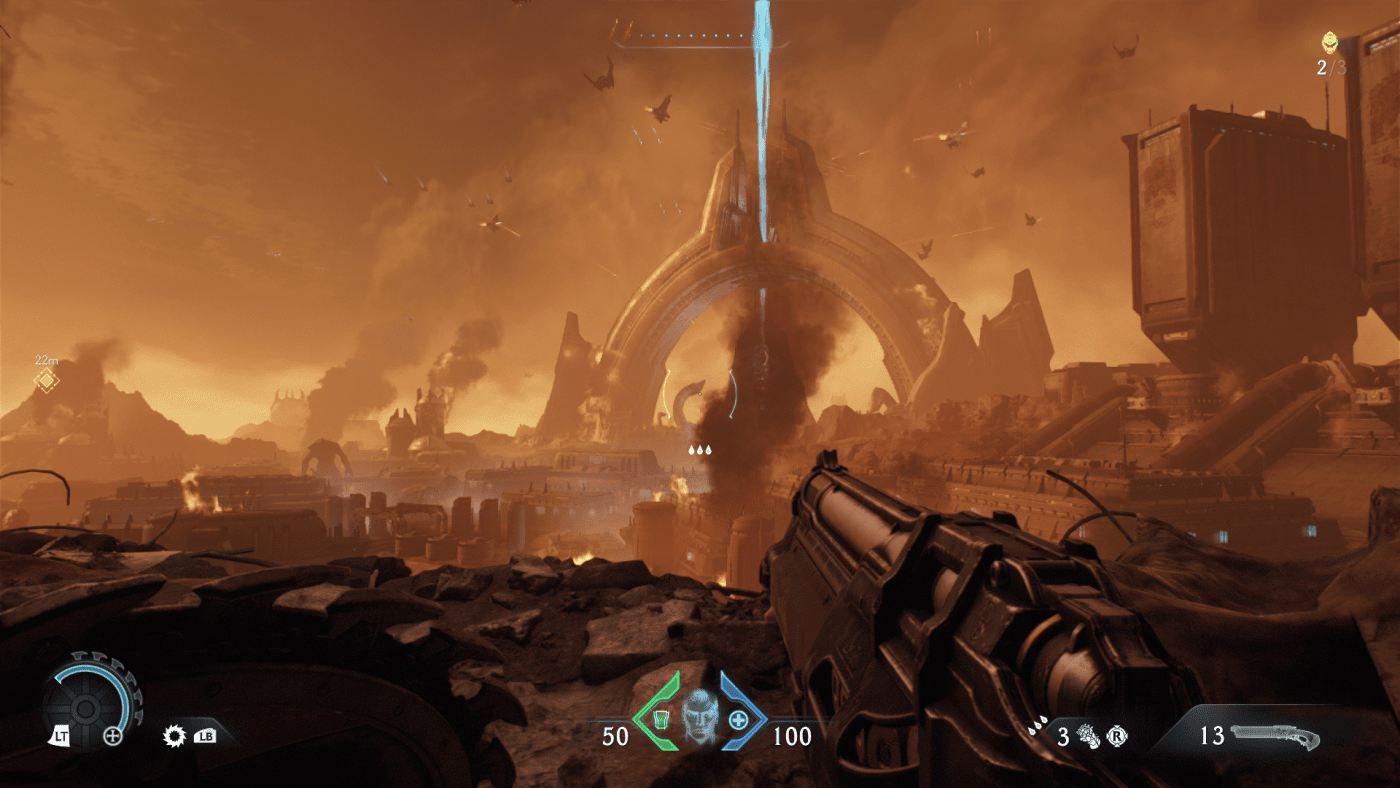
Kill to Refill: A New Melee-Based Ammo System
DOOM: The Dark Ages introduces a compelling new twist to its combat system: ammo recovery through melee weapons. Where previous entries relied solely on the chainsaw for instant resupply, the game now expands this mechanic with three distinct melee weapons, each with a well-defined identity and tactical role.
Leading the charge is the Electrified Gauntlet—a swift, brutal instrument of destruction, designed for devastating duels. A well-executed combo of three or four strikes—especially when enhanced—can bring down even heavy demons, instantly restoring ammunition and solidifying its role as a cornerstone of close-quarters combat.
Then comes the Flail, purpose-built for crowd control. Striking up to three standard enemies simultaneously, it may lack the Gauntlet’s speed, but excels in breaking clustered enemy lines and asserting dominance in confined arenas.
Finally, the Dreadmace—a singular, terrifying answer to the most overwhelming threats. It holds only one charge and bears a lengthy cooldown, but its sheer destructive potential is catastrophic, often turning the tide of battle in a single, thunderous blow.
All three weapons operate on a charge-based system—up to three for the Gauntlet and Flail, one for the Mace. To replenish them swiftly, players must hone their timing and master perfect parries against melee attacks—a high-risk, high-reward mechanic that transforms close combat into a more visceral, technical, and deeply satisfying experience. Against enemies like the Hell Knight, these parries elevate every clash into a deadly dance of precision and power.
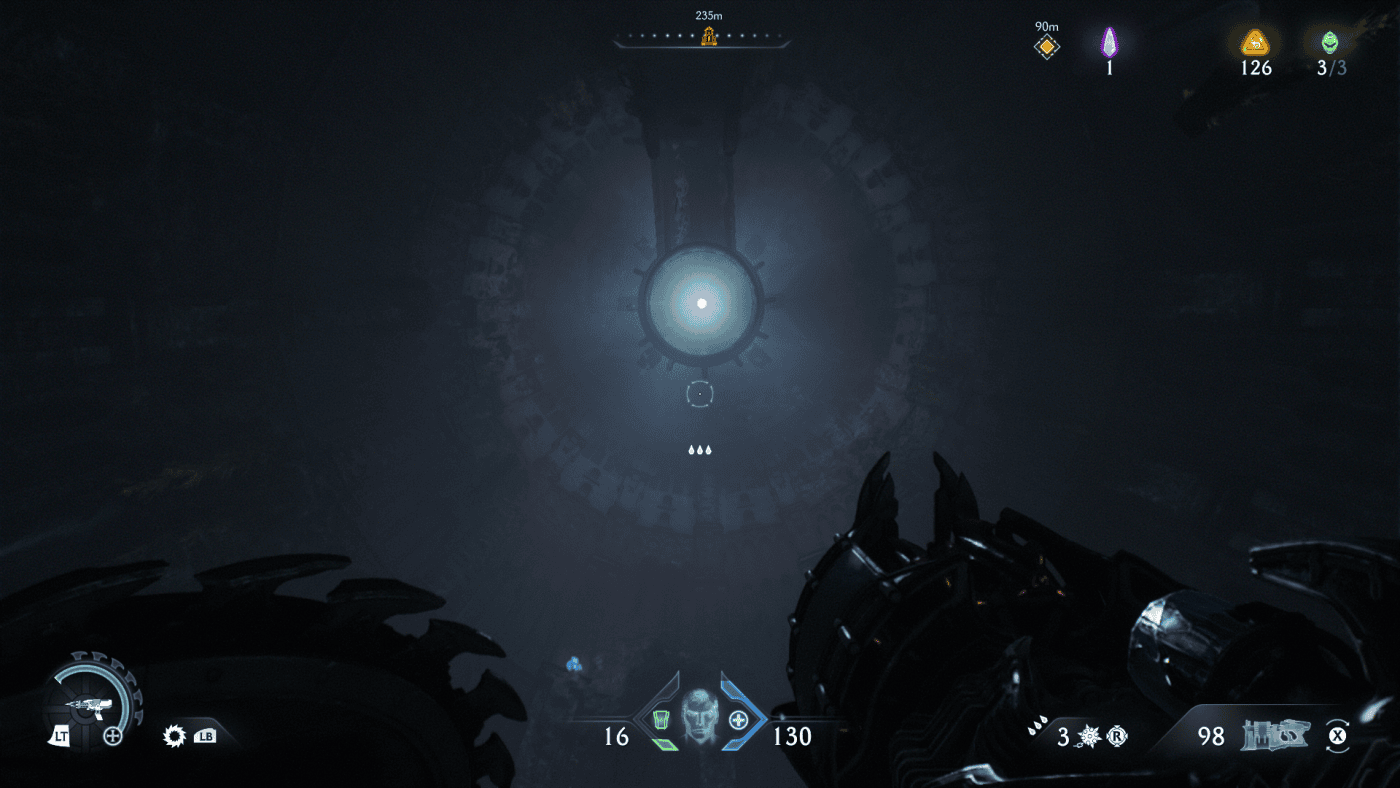
The Art of War: Upgrades, Runes, and Shield Evolution
In DOOM: The Dark Ages, the shield is not merely a tool of defense — it is a weapon in its own right, limited in durability yet capable of remarkable evolution. Through a robust new upgrade system, players can enhance its parry capacity, strike force, and even the speed at which it neutralizes specific threats. These enhancements can radically transform your approach to combat, gradually turning the shield into a formidable and versatile asset, both defensively and offensively.
Upon completing a pivotal mission in the campaign, players gain access to a deeper level of customization: the Rune System. Divided into four distinct categories, runes dramatically influence the flow of combat. They reward precision, especially the mastery of perfect parries against ranged assaults, by unleashing devastating special effects—localized tremors, storms of blades, autonomous turrets, or surges of electricity. Only one rune can be equipped at a time, each with its own upgrade path that extends its power, effectiveness, and duration. Choosing the right rune for each encounter can mean the difference between survival and annihilation in the heat of battle.
A New Economy
DOOM: The Dark Ages introduces a completely overhauled upgrade system built around a new currency: gold. Collected throughout the levels—alongside hidden special items—gold allows you to enhance your entire arsenal, including your shield. Once an individual weapon’s upgrades are fully unlocked, you’ll gain access to a mastery challenge, pushing its capabilities to their fullest potential.
This new economy rewards exploration, granting significant upgrades to those who pay close attention to their surroundings. However, much like secret hunting, the search for gold can occasionally disrupt the pacing—especially for players who favor relentless, fast-paced action. That said, optional challenges help strike a satisfying balance: they test your skills while offering substantial rewards—extra gold or rare materials—encouraging varied strategies and alternative approaches to each chapter.
Overall, it’s a thoughtfully designed and engaging addition—one that could benefit from slight rebalancing to preserve a smoother sense of progression.
Atlan: The Art of Colossal Combat
Some of DOOM: The Dark Ages’ most breathtaking sequences take place aboard the Atlans—towering, heavily-armored war mechs that embody sheer destructive might. These segments offer a dynamic break from the core gameplay, offering a guided yet pulse-pounding experience. The loop is simple yet immensely gratifying: you go toe-to-toe with hulking Titans in ferocious close-range combat, delivering crushing finishers and evading their assaults with pinpoint precision. The sense of momentum and power is expertly crafted, resulting in boss fights that rank among the most memorable in the series.
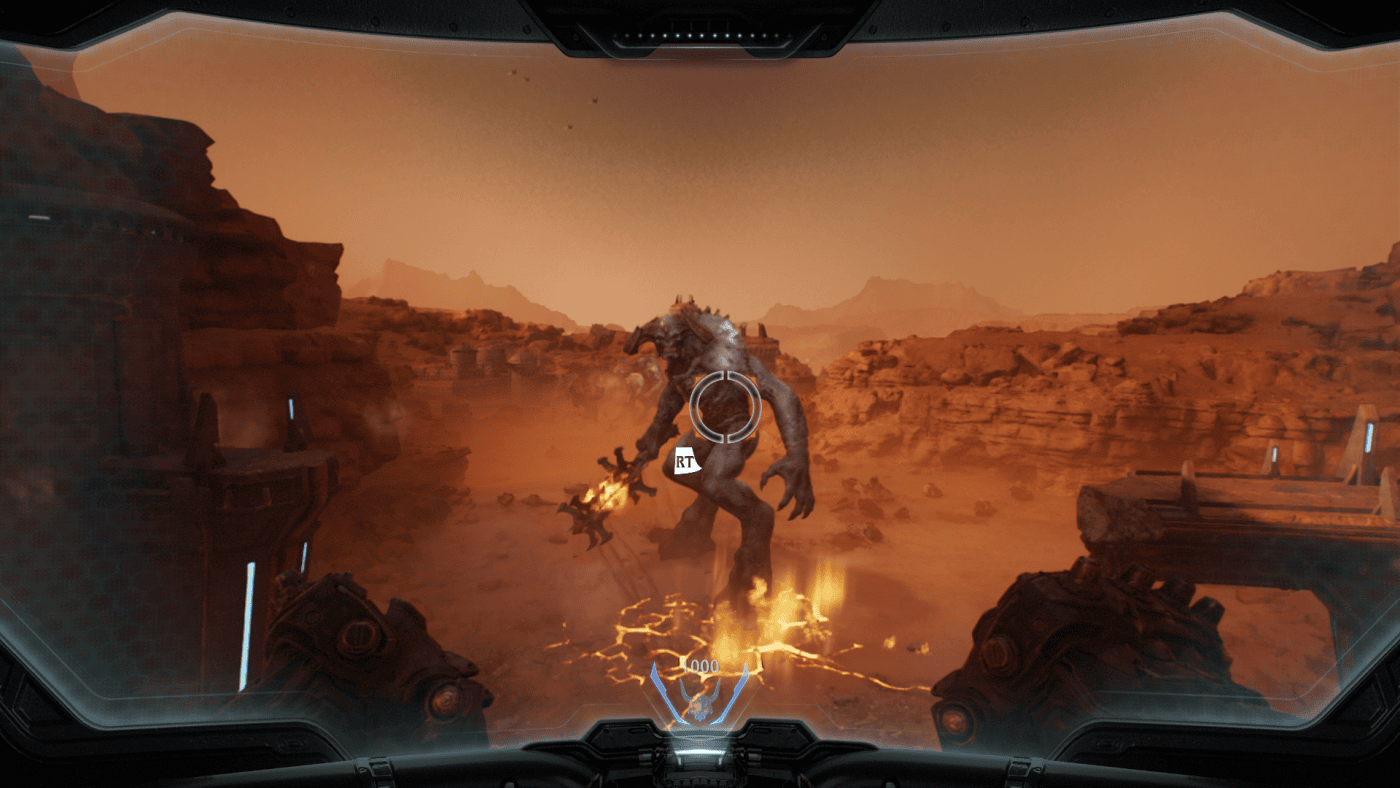
Serrat the Dragon: A Fierce Companion and Lethal Living Weapon
The segments aboard Serrat, the war dragon, though met with some criticism, fulfill a clear and deliberate role: to stage the game’s most colossal battles against the breathtaking backdrop of towering cities suspended in the sky.
Gameplay on Serrat is relatively straightforward yet effective: once you lock onto a target, combat mode activates. Repeatedly striking enemies while dodging with precision increases damage output and enhances the dragon’s weaponry, ensuring each encounter remains fluid and captivating. Though less intense than the Atlan sequences, soaring with Serrat provides a refreshing change of pace coupled with a visually spectacular experience.
As the story progresses, so too does the emotional bond between you and Serrat, deepened by the Slayer’s growing connection with the beast—elevating Serrat from a simple instrument of war to a loyal and formidable companion in battle.
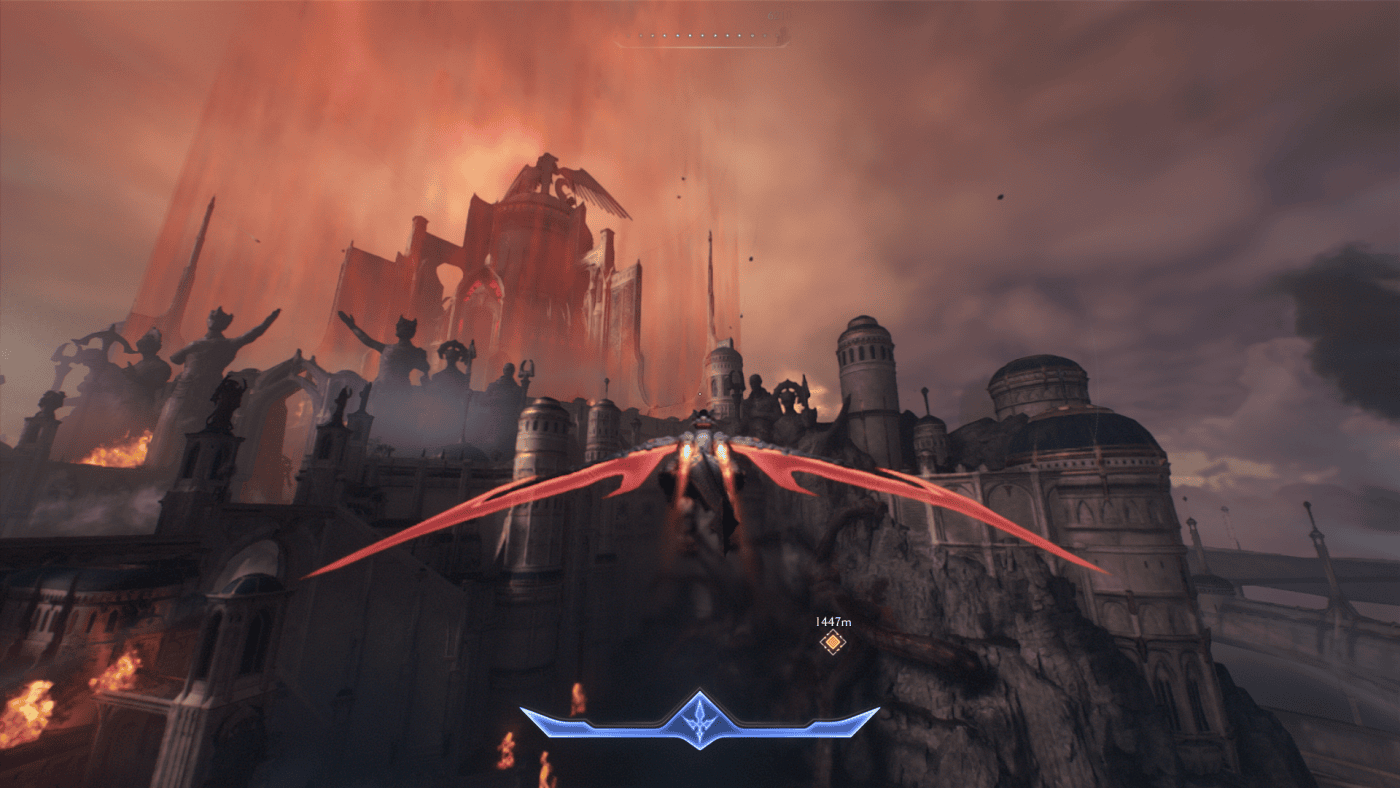
Farewell to Multiplayer
Under the visionary leadership of Hugo Martin, id Software has made a bold and meaningful decision: to forgo multiplayer entirely in favor of an uncompromising focus on the single-player campaign and its narrative depth.
The result is a single-player experience that feels meticulously crafted—rich in content, brimming with surprises, and boldly expanding the DOOM universe in unexpected directions. DOOM: The Dark Ages offers a deeply rewarding experience, marked by a solid structure, generous runtime, and a consistently engaging pace from beginning to end. It’s a clear testament to the team’s commitment to quality over quantity, choosing to refine the core experience rather than dilute it with ancillary features.
The one major weakness in DOOM: The Dark Ages
DOOM: The Dark Ages masterfully builds upon the franchise’s signature formula, introducing a revamped combat system, the imposing Atlan, and a stronger emphasis on narrative and world-building. Still, even this standout entry has its missteps. The core issue—one all too familiar in today’s AAA landscape—is the overuse of secondary content like secrets and environmental puzzles. Though some may enjoy the added layers, these diversions can break the game’s otherwise unrelenting flow.
At key moments, the disruption to pacing becomes difficult to overlook, draining momentum from chapters that might have otherwise delivered a relentlessly immersive experience. The time and effort invested in these segments—though technically well-executed—may have yielded greater impact if channeled into expanding the Atlan sequences, enriching Serrat’s narrative arc, or unveiling new explorable areas within the campaign.
Accessibility and Balance: Mission Accomplished
DOOM: The Dark Ages achieves perfection in one of the most hotly debated aspects of its predecessor: balance. DOOM Eternal was often criticized for its overly punishing difficulty during certain boss fights—such as those against Khan Maykr or Samur Maykr—and for its frustrating, often ill-conceived platforming sections. In this new installment, every element feels sharpened and refined: the gameplay becomes weightier and more impactful—less technical perhaps, but undeniably more lethal. Every strike lands with bone-rattling impact, viscerally conveying the raw, unstoppable force of the Slayer.
Boss encounters are now masterfully calibrated—never trivial, always cinematic. The final chapters deliver some of the most memorable clashes in the franchise, culminating in a climactic showdown that echoes the legendary grandeur of the Icon of Sin.
But the true evolution lies in the breadth of customization. With an extensive array of sliders available across all difficulty levels, players can tailor nearly every facet of the experience—from enemy attack speed and perfect parry timing to AI aggression, damage scaling, and beyond.
ID Tech 8 at Its Peak
ID Tech 8, the powerful new graphics engine developed expressly for Doom: The Dark Ages, has fully met—and at times surpassed—expectations. The game impresses with exceptional stability and flawless technical scalability, ensuring top-tier performance across all platforms. The experience on Xbox Series S is particularly remarkable, with visually stunning environments rendered with masterful precision, complemented by an art direction that imbues every setting with refined elegance. This is matched by rock-solid fluidity at a consistent 60 FPS, even during the most intense sequences featuring dozens—if not hundreds—of enemies, intricate particle effects, and dynamic lighting running simultaneously.
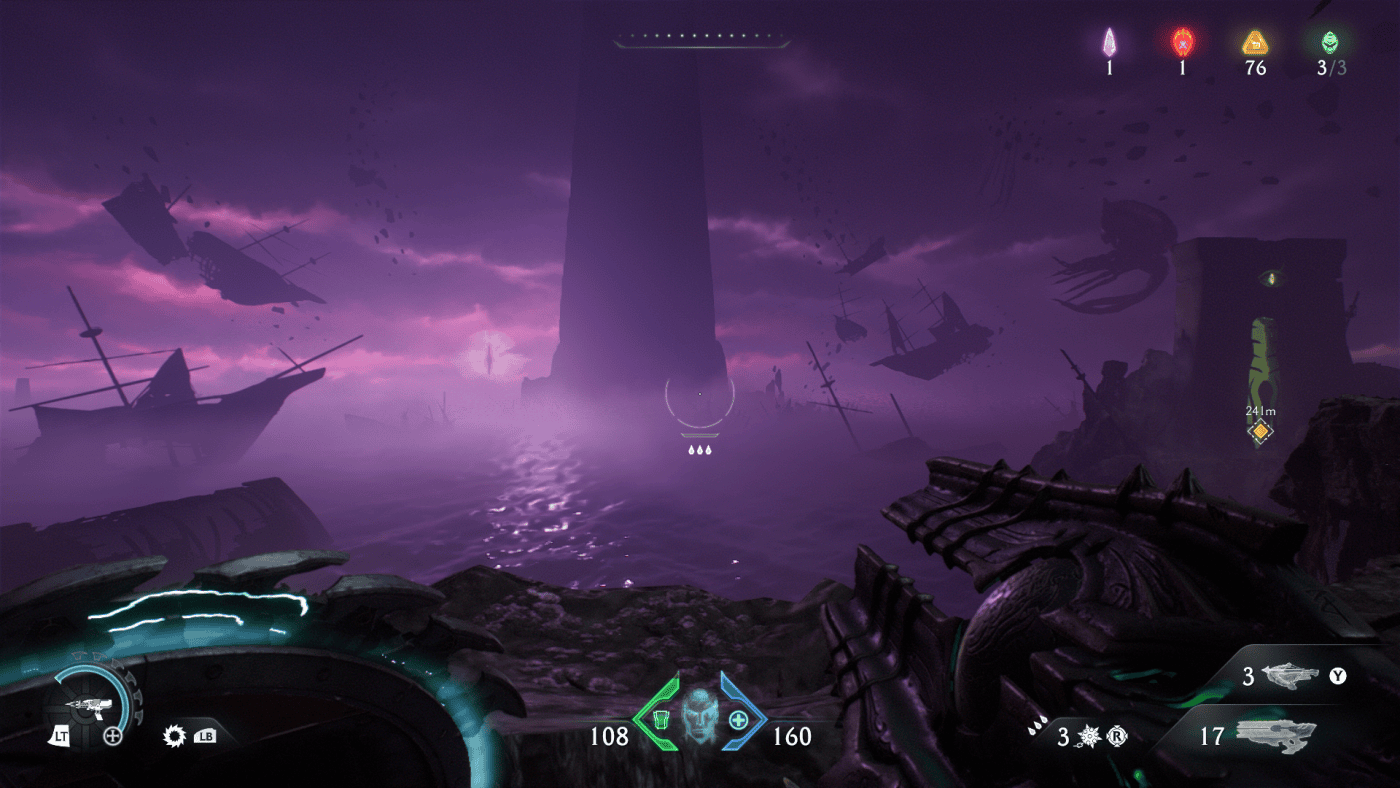
Final Verdict
DOOM: The Dark Ages rises above expectations, firmly establishing itself among the finest entries in the franchise. The game is rich with potential and skillfully balances innovation with reverence for its legacy—though this reverence sometimes tempers the pace of change. The team at id Software has truly hit the mark, guiding Doom through a transformation reminiscent of the revolutionary leap Santa Monica achieved with God of War: a bold, forward-looking metamorphosis that remains deeply faithful to the series’ original spirit.
DOOM: The Dark Ages
PRO
- The Slayer
- Thira, King Novik, Valen
- Kreed, Ahzrak
- Royal Atlan
- Serrat
- Engaging boss fights
- Excellent balance
- New weapons
- Convincing world-building
- Well-structured narrative
- Experience customization sliders
CON
- Secrets occasionally hinder the game’s pacing
- Some puzzles feel redundant or lack meaningful challenge
- The roles of Dragon and Atlan are underdeveloped
- Not the best introduction for newcomers
- The gold collection system is somewhat unwieldy and needs refinement




